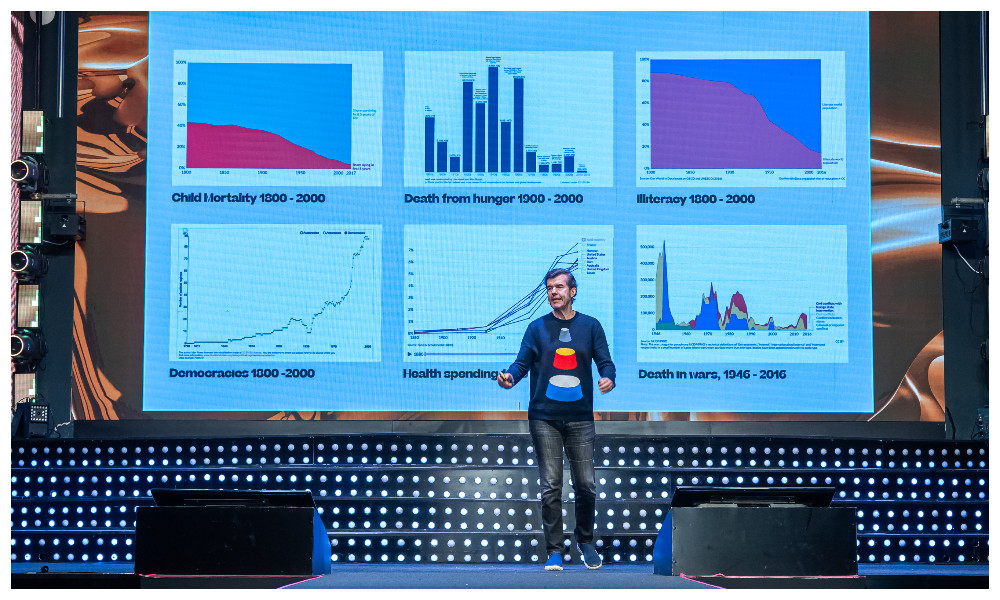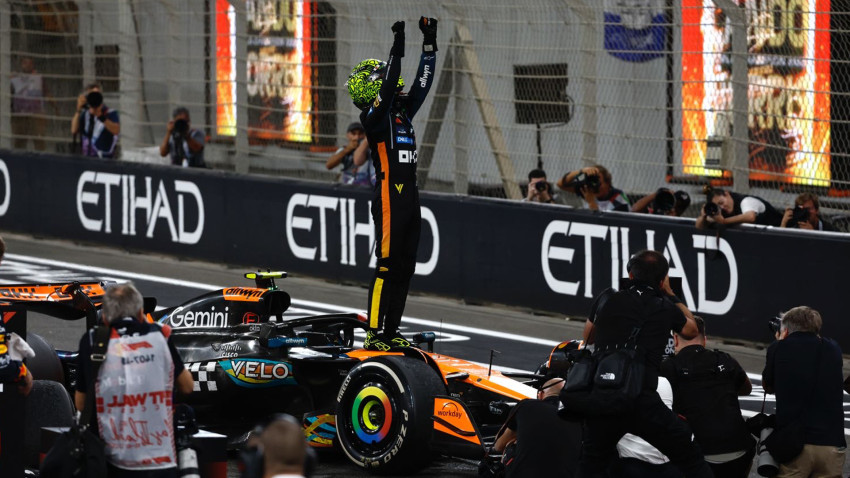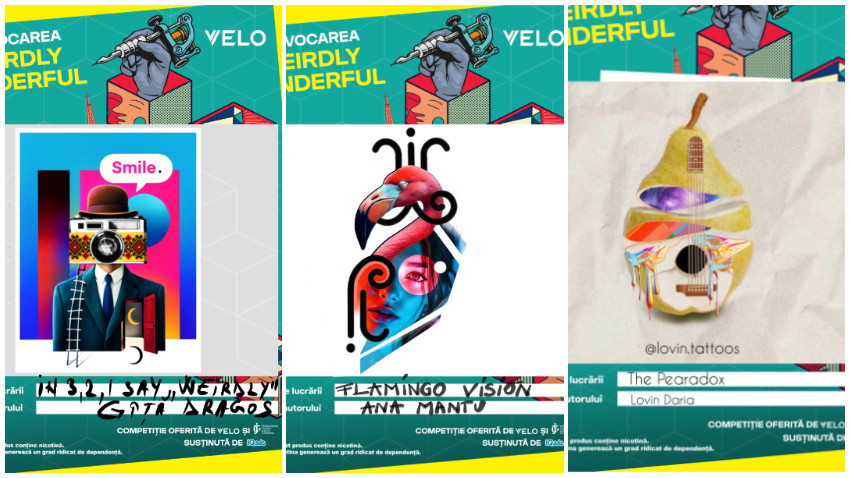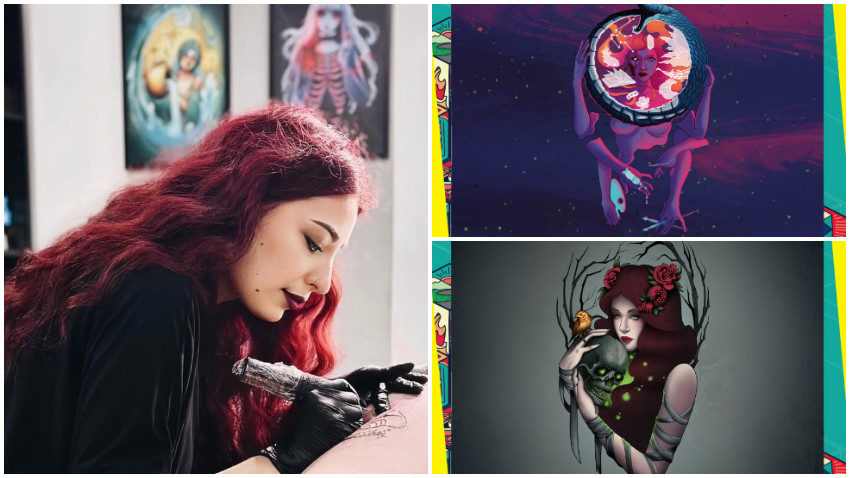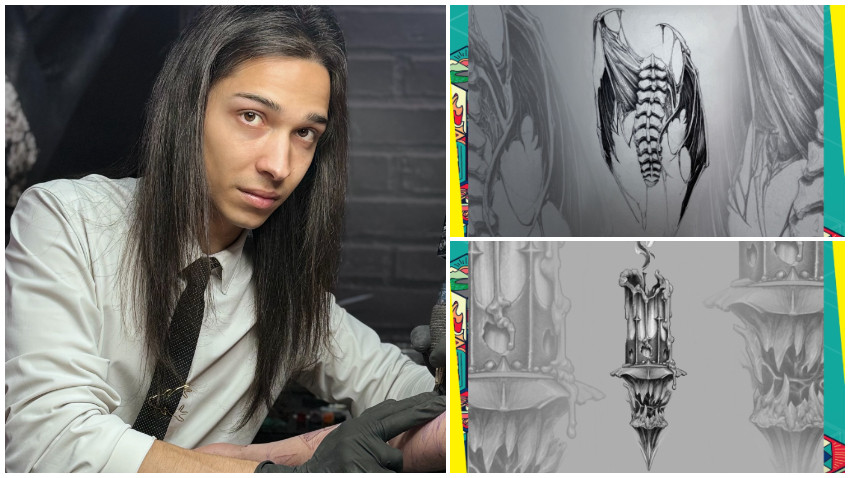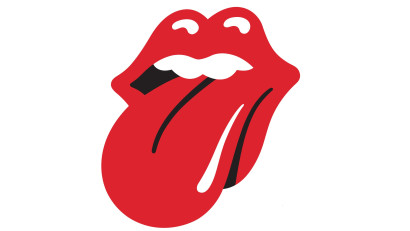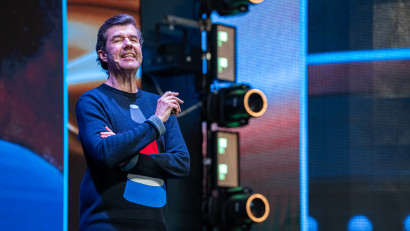For eight years, he worked on the Happy Show. Then, he wanted to see if the present is better than the past and concluded that "Now is better." Stefan Sagmeister dedicates many years to his projects. He is intrigued by big themes, such as happiness and beauty. As a speaker at Creativity 4 Better, the conference organized by IAA in Bucharest, Stefan spoke about how the world has changed over the last century and how essential distance is in shaping our perspective.
"This has always been interesting to me, if you only look at the short term, you can get a really wrong idea of the world. And what I'm saying is we also need to inform ourselves about the long term", says Stefan.
A native of Austria, he received his MFA from the University of Applied Arts in Vienna and has collaborated with the Rolling Stones, HBO, and the Guggenheim Museum. During a break at the conference, we talked to Stefan Sagmeister about happiness, beauty, kitsch, functionalism, design, democracy, and the distance we need to truly see the world.
Experience & inspiration
With experience I have many tricks specifically how to get a block out of my way. But with age, I don't think that my brain is as willing as it was when I was in my 20s to jump from one thing to another. Which can be a negative thing, but it allows me to go much deeper in a certain subject.
I actually want to really explore that properly, as opposed to jump to the next thing and jump to the next thing. I think that age appropriateness is something that I would embrace.
Your role as a designer
Basically, we don't do commercial work anymore. It's not because I hate commercial work. No, not at all. I actually am very happy when I see that good people do fantastic work in the commercial realm because that work is much more visible than most of the stuff that hangs in galleries or museums and influences the shape and the look of the world much more.
So I'm very thankful to all the people who do that work on a high level with a lot of spirit and a lot of love and attention. And at the same time, I feel I've done my share of it in the same way that, after many years of doing album covers, I didn't hate album covers. I just felt I've done my share and other people do album covers. And I feel the same way with that.
Now I'm much more comfortable doing these projects that are design projects, but ultimately, well, I don't know, you can wear them or they hang on the wall or you can drink out of them, but they're not necessarily promotional or advertising.
The Happy Show
Well, this came about in the second sabbatical. I take a sabbatical every seven years. I'm on sabbatical right now. I'm in Madrid. And so in the second sabbatical, I was working on furniture because the studio in New York got renovated and I thought, oh, I'll design the furniture on the sabbatical. A friend came by and thought that this is kind of like a waste of my time to design all this furniture for our own studio. He thought that I had the responsibility to design something that's more useful for other people than furniture for my own studio. I thought he had a point and I gave it some good thought of what that could be that more useful thing. After a day or two, this idea came up of creating a film about happiness. It was supposed to be a general documentary film about all happiness.
I started in Bali doing that. In the beginning process it became clear that it would be very difficult for me to create an overall documentary on happiness, simply because I'm not a psychologist. I don't really have authority on that.
So to get around that, I thought, well, I'll make a film about my own happiness. Because there I am the authority. So that's what the film became. I read about a hundred books on that and there was one book that stood out. A book by Jonathan Haidt. I thought he was very clear-headed and I contacted him and he agreed to become the scientific supervisor of the film.
He thought that the most efficient ways to increase your own happiness would be cognitive therapy, meditation and drugs (medical drugs). And so I thought: oh, I'll try them all out and see if he's right. And this basically became the film.
And then from the film came the show. It became this project.
The film part was unbelievably difficult to do and made me very unhappy. But overall I would say the project and dealing with that subject over a period of eight years actually did contribute to my overall feeling of happiness.
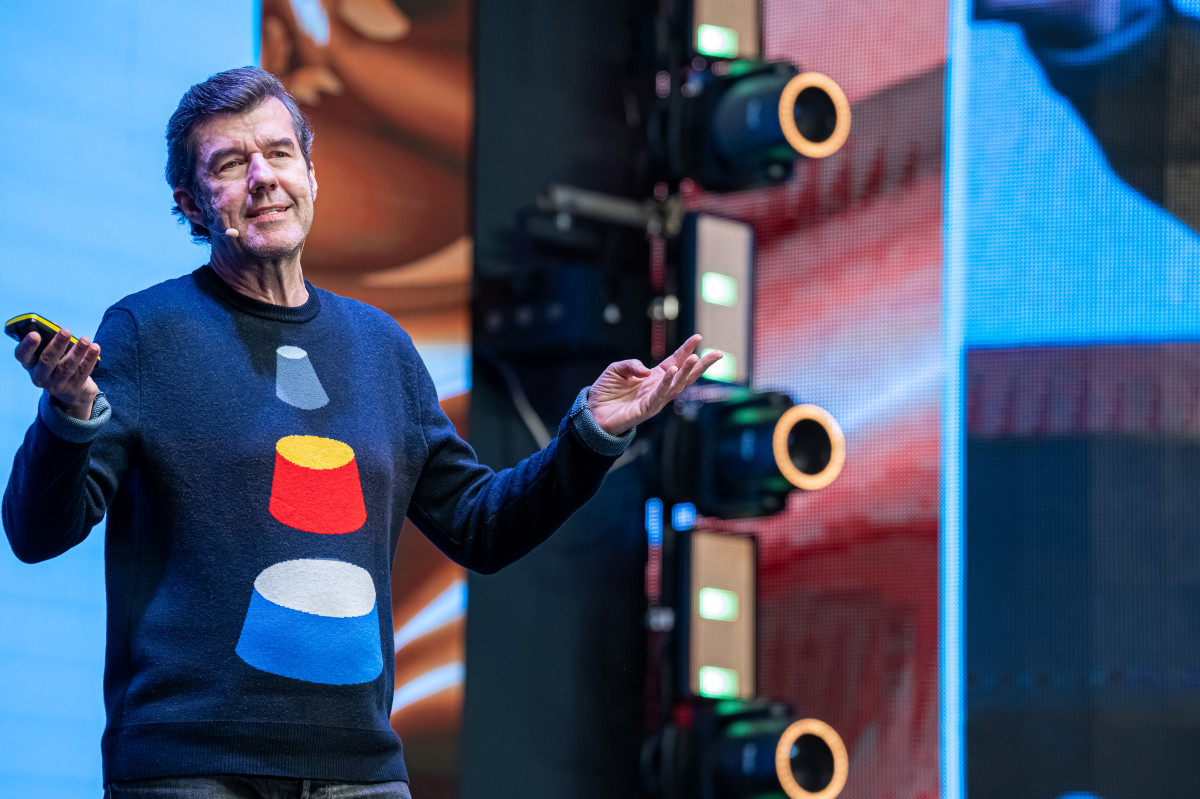
Stefan Sagmeister, on Creativity 4 Better stage, Bucharest, 2024
Discoveries
I think that the ultimate conclusion was that I could not run after happiness. I could not consciously make myself happier. But I could look at all my relationships, the very far away ones like acquaintances, all the way to my partner, friends and family, and see if I can lift them onto a higher level.
And if I can do that, then certain kind of happinesses would come from in between, when I don't expect them. And I can try to do the same with my work and I can try to do the same with something that's bigger than me. I found that to be true.
Ultimately the idea of not doing commercial work anymore and concentrating on, in this case, this long-term thinking visualizations, that decision also came out of that, to lift my work onto a level where the possibility of certain kind of happinesses come out from in between is increased. That doesn't mean that I'm now working every day, you know, singing a song.
There are definitely difficulties involved in that. You still have challenges, but it's exactly that. The possibilities of unexpected happiness coming out from in between has increased.
We need the struggle to be happy?
We just did this show in the Ukraine and I talked to an ukrainian friend about how surprised I was how positive this show has been received. And my friend said: Well, if you have real difficulties in your life day by day, your senses are sharpened for anything positive that comes your way.
He lives in Kiev, and for him it's fantastic if he can sleep a night through. If for one night he doesn't have to go into the shelter and isn't awakened by the sirens.
So that answer would mean that if you have real difficulties, there's a bigger appreciation for the positiveness.
I'm not sure if it's a precondition. I would have to think about it more.
The distance and the perspective
Automatically, without us doing anything, we are always concentrated on the short term. And I think, for many of us, it completely skews our sight of the world. I actually started this project, Now is better, after discussing at a dinner, with a very smart lawyer who was in Rome. And he told me that what we're seeing right now in Hungary and in Poland means the end of modern democracy.
And when I looked up modern democracy, it turned out that 200 years ago there was one democratic country and now we have 86. It was completely wrong. Eight years ago, we reached peak democracy in the history of the world. Yeah,it got a little bit less democratic in the meantime, but it's always two steps forward one step back.
This has always been interesting to me, if you only look at the short term, you can get a really wrong idea of the world. And what I'm saying is we also need to inform ourselves about the long term.
Here and there read a book that is a non-fiction book. Just because book publishing it takes two years to write it, a year to publish it, it's already about the long term. It will have a more measured point of view.
If you look at the last four years of Biden and you just look at the daily Twitter messages, you will get a much more negative view of the Biden presidency than if you read a good book by a good journalist about the last four years, because that book will include all the long-term good that he actually achieved, while that will fall through the daily Twitter messages.
The visual world 50 years ago
You know, after World War II, you guys had communists building, basically pure functionalism. But in many, many other places, even in capitalist societies, or let's say in Germany, so much was bombed. So much stuff had to be built.
And the stuff that was built was pure functionalism. Because that generation of designers and architects misunderstood modernism as something that just needs to function and then it somehow miraculously would be beautiful by itself.
So I would say if you compare it to 50, I think we now changed again or we're in the process of changing and I think that beauty and aesthetics start to play a role again.
We are moving towards the better. Then of course, if you compare it to a hundred years ago, throughout the 19th century, beauty played a gigantic role and was very much in the center throughout the Romantic times, also in the center of a goal to the point where much that was made was also kitsch.
I would say, from a designer's perspective, I'd much rather be a designer now than 100 years ago.
Also, the profession became much more important. I mean, for one thing, there's many, many more designers. But also, there is a much higher understanding among the general public about design. You know, let's say the profession of graphic designer didn't really exist 150 years ago. My great, my granddad actually was a sign painter, which was a graphic designer in that world, at that time, because graphic design as a profession didn't exist.
Maximalism & minimalism
I would say I'm probably smack in between. I truly love both. It's not an evasive answer. I ultimately really find gorgeousness in both.
I would say that the opposite of beauty is not even ugliness. It's carelessness. The reason that you find the communist buildings that were the social housing projects ugly is not because the designer of them wanted to make them ugly. It became ugly because the designer was only concentrating on their function and didn't care about if they're beautiful or not. They didn't really enter the equation.
But also in capitalism, so many cities yeah are surrounded by ugliness, like the fast food chains, the discount furniture houses, create these belts around the cities, that if you need cheap furniture you're gonna drive there, but you're not gonna go on holiday there.
Most of humanity think that Paris is the most beautiful city on earth. And it's the most beautiful city not because it has the best nature. It doesn't. I mean, yes, it has a river going through, but not the most gorgeous, most spectacular river.
It is because the design of the city, what humans did in designing is seen by the majority of humanity as being very pleasing. They want to go on holiday there. While Cincinnati is not the most successful tourist city in the world.
If you had to define beauty
The definition of beauty is a combination of aesthetic signifiers like form, shape, materiality, color, composition, that influence our senses, specifically the eye, but of course also the ear, the taste. So when we talk about the beauty of Paris, many people would definitely say the taste, be it in the sweets or the savory food would play a role of that. In some cities, even in Paris, even the sound of it would play a role. And of course, mostly the eye and the visuals play a very large role.



